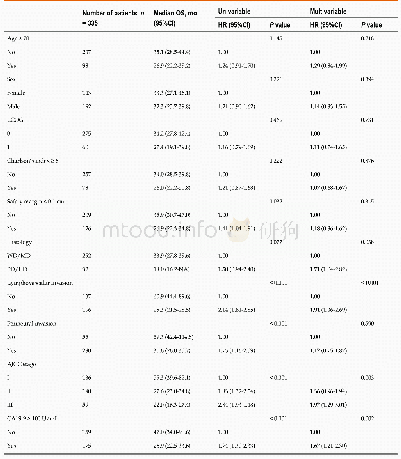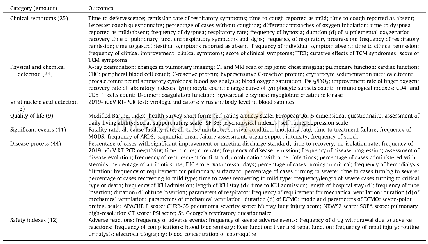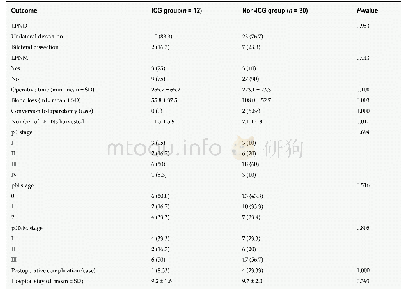《Table 3.Cox proportional hazards models of clinical outcome.》
 提示:宽带有限、当前游客访问压缩模式
提示:宽带有限、当前游客访问压缩模式
本系列图表出处文件名:随高清版一同展现
《The relation between serum phosphorus levels and long-term mortality in Chinese patients with ST-segment elevation myocardial infarction》
Patients were followed between two years and seven years(mean 54.6 months).211 patients(10.6%)died,including 158 deaths from cardiac causes(RMI,n=43;heart failure,n=79;serious cardiac arrhythmias,n=29;and sudden death,n=7)during the follow-up period.Kaplan-Meier curves showed that the lowest mortality occurred in patients with serum phosphorus levels between2.5 1–3.50 mg/d L.Mortality was higher in patients with hypo-phosphatemia and in patients with serum phosphorus between 3.51–4.50 mg/d L,with a marked increase in mortality among patients with hyperphosphatemia(Figure 2).The results of the Cox proportional hazards model examining the relationship between serum phosphorus levels and allcause mortality using 2.51–3.50 mg/d L as the reference group.After adjustment for other factors independently associated with mortality,the risk associated with low phosphorus level was no longer significant.The risk associated with elevated phosphorus levels was attenuated but remained statistically significant with increased risk for mortality even for patients with phosphorus levels within the normal range(Table 3).
| 图表编号 | XD00107009500 严禁用于非法目的 |
|---|---|
| 绘制时间 | 2019.10.28 |
| 作者 | Guo-Hua ZHU、Xi-Peng SUN、Zhi LIU、Zhen-Xing FAN、Yan-Ling WANG、Jing TAN、Jing LI、Qi HUA |
| 绘制单位 | Department of Cardiology, Xuanwu Hospital Capital Medical University、Department of Cardiology, Xuanwu Hospital Capital Medical University、Department of Cardiology, Xuanwu Hospital Capital Medical University、Department of Cardiology, Xuanwu Hospital Capita |
| 更多格式 | 高清、无水印(增值服务) |





